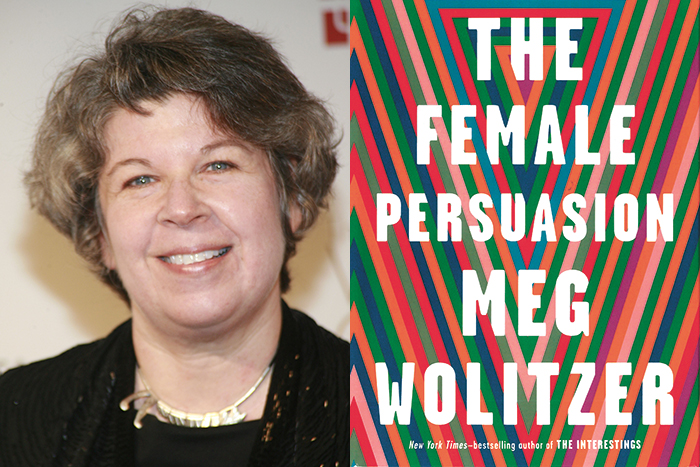Book Review: Meg Wolitzer Tackles Feminism in 'The Female Persuasion'

In a time when women’s rights are constantly being evaluated through a modern lens, The Female Persuasion, Meg Wolitzer’s new novel discussing hot-button issues across the evolving sphere of feminism, could not be timelier. Wolitzer does this while being straightforward about the multidimensional nature of feminism, pointing out that there are many different approaches and focuses in the fight for gender equality. The question that will be consuming you by the end of this novel is: What does it really mean to be a feminist?
The majority of the novel is spent with Greer, who is in her late teens in the early 2000s as the novel begins and evolves into a complicated woman in her late 20s by the end. She is lost after her parents drop the ball on her financial aid, which leaves her unable to attend Yale, and so she ends up at a private liberal arts college instead. She holds resentment, feeling she is better than the college she is attending. The fact that she has to watch her long-term boyfriend, Cory, thrive at Princeton doesn’t help her plight.
Soon, Greer’s perspective changes. She comes face to face with one of the major issues surrounding the women’s movement: sexual assault. As a result of this experience she and her friend Zee, a self-proclaimed activist for everything from women’s rights to LGBTQ rights to environmental issues, become involved in a movement. This leads them to Faith Frank, who soon becomes Greer’s idol. Zee, who is gay, often brings up sound points about improving injustices in more sectors than just women’s rights, while Greer is very much focused on the feminism Faith represents.
The way in which Wolitzer ties in the many issues women across the world face with the character’s storylines feels natural and genuine.
As we glimpse into how Faith became the feminist icon she was when she and Greer first met in 2006, more issues dealing with the female experience are brought up. Faith’s story includes abortion and power struggles. This is the place we really begin to see women as outsiders who must fight their way into the inner circle, which is what Faith does. As the stories of Faith and Greer intertwine, the complications of female friendship and mentorship come to the forefront. Wolitzer’s juxtaposition of the old feminism with the new is well done in the way Faith and Greer interact, particularly at the end of the novel.
While this novel is about the female experience, Wolitzer doesn’t leave the men out. Cory, mainly shown in the role of Greer’s boyfriend, steps out into his own story as well. After a heartbreaking loss in his family, Cory is forced out of the role of boy and into that of a man. He moves home after receiving a lifechanging job in Manila to help put the pieces of his family back together, setting his career and romantic relationship aside. He takes on the cooking, cleaning and caregiving as his parents fall apart. Cory’s role in the story shows a more balanced side to feminism. Not at all about man hating, this novel makes Cory more likeable by the end than most of the female characters who feel utterly self-involved.
Wolitzer, with her strong writing and story telling, immerses readers in the lives of wildly different people who all end up dealing with problems central to the conversations we are having today. Wolitzer is not afraid to put her characters’ flaws up front and center, and that is what makes this novel so compelling. Not at all preachy, but instead honest and complex, The Female Persuasion gives a full, multidimensional look at what it means to be a woman in modern day.
“The Female Persuasion” by Meg Wolitzer is available now at your local bookstore.



